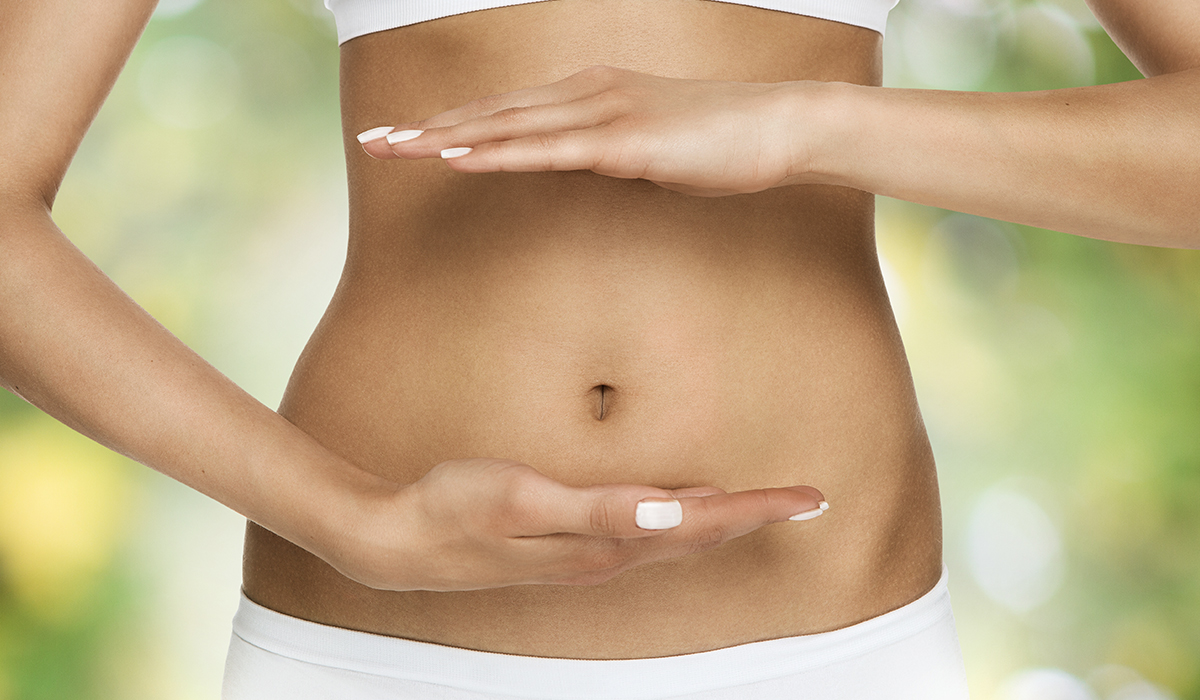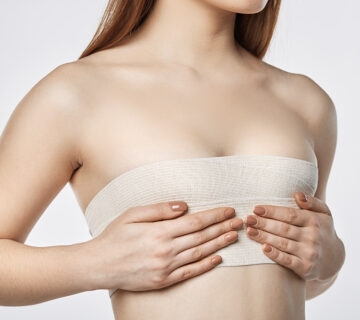Also known as an abdominoplasty, a tummy tuck is a popular surgical procedure to remove excess fat and skin from the abdomen while tightening its muscle wall for a flatter, firmer appearance and waistline.
There is no exact diet to adhere to in preparation for or when recovering from a tummy tuck, but it’s critical you maintain a healthy, nutritious regimen to maximize and maintain optimal results.
Buglino Plastic & Reconstructive Surgery—one of Long Island’s most trusted plastic surgeons—created a helpful guide to the best foods to consume before and after a tummy tuck.
Before the Procedure

Preparation can make or break your surgery. It heavily influences the outcome of the procedure and your recovery time. To ensure you achieve your desired results and have a speedy recovery, follow your surgeon’s instructions. Overall, it’s best to maintain general health in the weeks and days leading up to the tummy tuck.
To prepare for a tummy tuck, your surgeon will instruct you to stop using drugs, medications, and supplements that could increase bleeding. This may include herbal supplements, anti-inflammatories, or aspirin.
For those who smoke, stop at least two weeks prior. Patients should also cease using chewing tobacco, nicotine vape pens, nicotine patches, and nicotine gum. Smoking increases the chances of complications, including heart attack and stroke. It also decreases blood flow and heightens the chance of infection.
Additionally, you’ll want to keep a healthy diet to maintain your weight leading up to your surgery. Attempting to lose 10 to 15 pounds before surgery can lead to complications. Patients should also avoid crash diets or other dietary trends, such as keto.
In the weeks preceding the procedure, it’s essential to eat fresh fruits and vegetables high in vitamin C, such as guavas, kale, parsley, kiwis, and broccoli. Studies show that vitamin C can speed up the recovery time for bone fractures, improve type I collagen synthesis, decrease oxidative stress, and more—all of which can be helpful for the healing process from a tummy tuck.
Avoid processed foods, since they may increase inflammation. Minimize your carbohydrate intake for similar reasons—meaning cut down on bread, rice, pasta, and potatoes. An analysis of more than 2,000 men and women suggests high carb intake can lead to an increase in inflammatory markers.
To fight inflammation, consume omega 3-rich foods such as mackerel, salmon, chia seeds, or walnuts.
You should also refrain from eating foods high in sugar, which can cause swelling and a spike in blood sugar, leading to weight gain. One study involving 29 participants found consuming sugar-sweetened beverages each day for three weeks led to an increase in low-density lipoproteins (LDL) cholesterol, insulin resistance, and inflammation.
In the one to two days leading up to surgery, it’s beneficial to get your body prepped with the necessary fluids. Drink those rich in electrolytes, such as Gatorade, Pedialyte, Powerade, or Smartwater. Eat high-protein, low-fat meals, such as grilled chicken salad, turkey meatballs, or fish dishes.
During this time, it’s also important to prep for recovery. Cook high-protein, low-fat, freezable meals your caregiver can microwave for you after surgery. It’s also a good idea to prepare protein shakes, as you may not want to eat solids for several hours.
On the day of the procedure, avoid eating or drinking. Food in your system can lead to complications.
To fight inflammation, you can consume omega 3-rich foods, such as mackerel, salmon, chia seeds, or walnuts.
After a Tummy Tuck
There are no specific restrictions immediately after a tummy tuck. However, you may want to keep your diet light for the next several days. Start with clear liquids, such as water, then move on to a soft diet of raw fruits and vegetables, whole-grain cereals, yogurt, soft cheeses, soups, and pudding. If none of these appeal to your stomach—which may occur while you’re adjusting to the changes or pain medication—try a protein shake, which is packed with the protein and fluids you need to support recovery.
Once you’re feeling up to it, you can return to a regular diet.
Although excess fat was removed during the abdominoplasty, the remaining fat cells can still grow and deflate depending on what you put into your body. It’s therefore critical you maintain a nutritious and healthy regimen to sustain the results of your procedure.
Try to develop healthy eating habits you’ll be able to stick with long term, such as curbing your processed food and takeout intake, portion controlling, and incorporating a variety of fresh foods into your daily meals.
Similar to the pre-diet, ensure you’re getting enough vitamin C and omega 3, while staying away from foods high in sugar and sodium. Your daily intake should be high in protein, so eat fresh eggs, almonds, chicken breast, cottage cheese, and lean beef. Incorporate fruits, vegetables, and whole grains.
Always consult with your physician before changing your diet to learn about the best meal plans for your body. Dr. Anthony Buglino is a Doctor of Osteopathic Medicine (DO), specializing in a holistic approach to medicine. He considers a patient’s overall health when determining a treatment plan, and will outline the perfect diet for your body before and after a tummy tuck to ensure you have all the information necessary to maintain optimal results and enjoy a smooth, speedy recovery. Schedule a free consultation today to discuss the tummy tuck procedure with one of Long Island’s most trusted plastic surgeons.
[Originally published: June 18, 2020]




